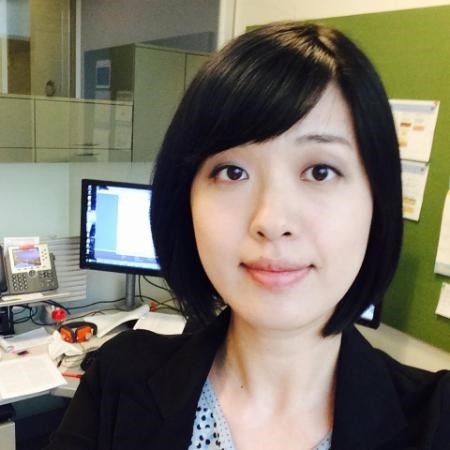SPWLA
Monthly Luncheon Meeting
Thursday – November 21, 2019
PanAm Building
601 Poydras St, Suite 1600
New Orleans, LA 70130
11:30 – 1:00 pm
$25
Register
and pay online or pay cash/check at the door.
Please
RSVP to [email protected] if
paying at door.
Using a Neural Network to Estimate Net Sand from Borehole Images in Laminated Deepwater Reservoirs

Presented By: Bo Gong
Research Petrophysicist Chevron ETC
ABSTRACT
Deepwater
reservoirs often consist of highly laminated sand shale sequences, where the
formation layers are too thin to be resolved by conventional logging tools. To
better estimate net sand and hydrocarbon volume in place, one usually needs to
rely on high-resolution borehole image logs, which can detect extremely fine
layers with thickness of several millimeters.
Traditionally,
explicit sand counting in thin beds has been done by applying a user-specified
cutoff on a 1-D high-resolution resistivity curve extracted from electrical
borehole images. The workflow generally requires meticulous image QC, multiple
pre-processing steps and log calibration, and the results are often highly
sensitive to the cutoff selection, especially in high-salinity environments,
where resistivity in pay sand can be very close to that in shale. In oil-based
mud (OBM), accuracy of the cutoff method is further limited by the presence of
non-conductive mud cakes and possible tool artifacts.
This
paper presents a new method that estimates sand fractions directly from OBM
borehole images without extracting an image resistivity curve. The processing
is based on an artificial neural network, which takes a 2-D borehole image
array as input, and predicts sand fractions by applying a non-linear
transformation to all the elements, i.e., electrical measurements from all
button electrodes. A cumulative sand count can be computed after processing the
borehole image logs foot by foot along an entire well. The neural network is
trained on a large dataset with example images of various degrees of
laminations, labeled with sand fractions identified from core photos. Upon
testing, a good match has been observed between the prediction and the target
output. The results have also shown advantages against another sand counting
method based on texture analysis.
The
described method offers new opportunities of quantifying thin sands in the
absence of cores, which can be used to improve petrophysical interpretation in
laminated reservoirs. With appropriate tuning, a pre-trained network model
could also be generalized to applications in new wells or even new fields with
similar depositional environments.
Bo
Gong is
a research petrophysicist with Chevron ETC. She received her PhD degree in
Electrical Engineering from the University of Houston in 2014. Her research
interests include borehole imaging technologies, image processing and
interpretation techniques, and electromagnetic logging tool modeling.
Don’t forget to renew your SPWLA Membership for 2020!